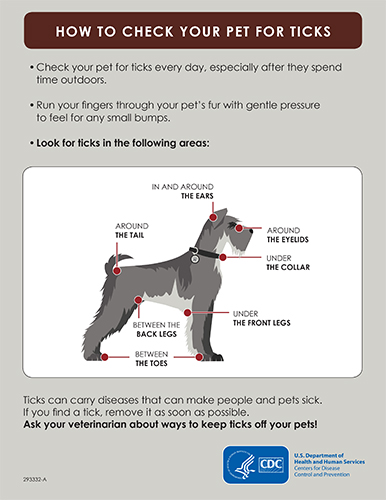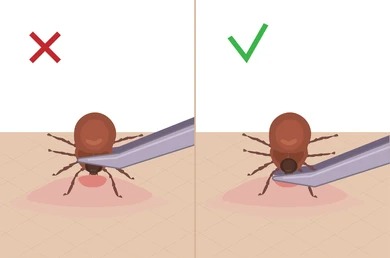- celine
- Jun 20, 2023
- 3 min read
Updated: Apr 1

Dog owners can reduce risks to themselves and their pets by being knowledgeable of ticks and how they interact with dogs.
Quick Tick Facts:
The pathogens that cause tick-borne diseases are zoonotic and can infect humans when an infected tick is transmitted from dog to human. However, the disease cannot spread between dogs and humans directly.
Ticks can be found in many areas across Canada. They live in wooded or shrubby areas, in tall grasses and under leaf litter. Ticks are active in warm weather, usually from May to October, but can be active at almost any time of year when the ground is free from snow.
There are many types of ticks in Canada, but the ticks our dogs are most likely to encounter are the American dog tick, lone star tick, black-legged tick, and brown dog tick.
Ticks are expanding their range in parts of Canada at a rate of 46 km per year (TickTalk Canada, 2023). The risk of pets and people being exposed to ticks and the diseases they can carry - like Lyme disease, Rocky Mountain Spotted Fever and Tick Paralysis - is growing.
Ticks survive by feeding on the blood of animals and humans. Ticks take several days to complete feeding. A tick's appearance will change dramatically while it feeds - it will become engorged and the body will swell considerably.


Due to their small size, ticks
can be difficult to see on a dog.

Ticks can hide with the grain
of hair or fur.

Engorged tick (between 2-4
days of feeding)
Prevention is the Best Strategy
To prevent tick-borne illness in your dog:
Use veterinarian-prescribed parasite control treatments,
Perform daily head-to-tail checks,
Regular brushing and grooming help prevent ticks from burrowing into your dog's skin and potentially transmitting diseases.
There are many different types of tick treatments available for dogs. Some products are available over the counter, while others are only available through a veterinarian.
Veterinarian-prescribed tick treatments (oral or topical) are the most effective treatments to prevent ticks from attaching themselves to dogs.
Tick-Borne Diseases
An infected tick must feed on your dog to transmit the pathogen. Symptoms usually develop in the dog after an incubation period of two to fourteen days.
LYME DISEASE
Lyme disease is a bacterial infection transmitted to dogs or humans by a bite from an infected black-legged tick (Ixodes scapularis), commonly referred to as a deer tick. Many symptoms are non-specific but commonly include fever, inappetence (lack of appetite), lethargy, swelling of joints and stiffness of limbs
TICK PARALYSIS
A rare but severe condition caused by a neurotoxin in the saliva of certain species of ticks. The neurotoxin causes paralysis that starts in the dog's hind end and back legs and travels up to the body's upper extremities. When the tick is located and removed, the supply of neurotoxin is cut off. Most dogs will begin to regain their strength and mobility in a few hours!
ROCKY MOUNTAIN SPOTTED FEVER:
Typically, a dog that has become infected may have one or more of the following clinical signs: poor appetite, muscle or joint pain, fever, coughing, abdominal pain, vomiting, diarrhea, swelling of the face or legs, or depression.
Responding to Ticks in the Field
Daily Tick Checks
Thoroughly check your dog's coat for ticks. Remember ticks are often well hidden under the fur and can be easy to miss. Ticks prefer areas around an animal's neck and chest point, ears, armpits and base of the tail, however they can burrow into any part of an animal's skin.
Tick Removal
Tools required: Tweezers or a tick key. Wear gloves to protect yourself from infections entering through breaks in your skin.
Grab the tick as close to the skin as possible with tweezers or a tick remover. Pull the tick straight up and away from the body. Do not twist! Twisting can result in the head of the tick shearing off and remaining lodged in the dog.
If you have concerns about a tick you found on your dog, store it in a container and bring it to a veterinarian for assessment. It is also possible to have ticks tested for the presence of the bacteria which causes Lyme disease and other pathogens through private lab services, such as those available through Geneticks.ca
Online Vet-Accredited Resources
Ps. Did you know that dogs who frequently
eat grass can inadvertently eat ticks, which can
then burrow into the gum line in the dog's mouth. Eep!
Check your dogs mouth too as part of
your daily inspection!



